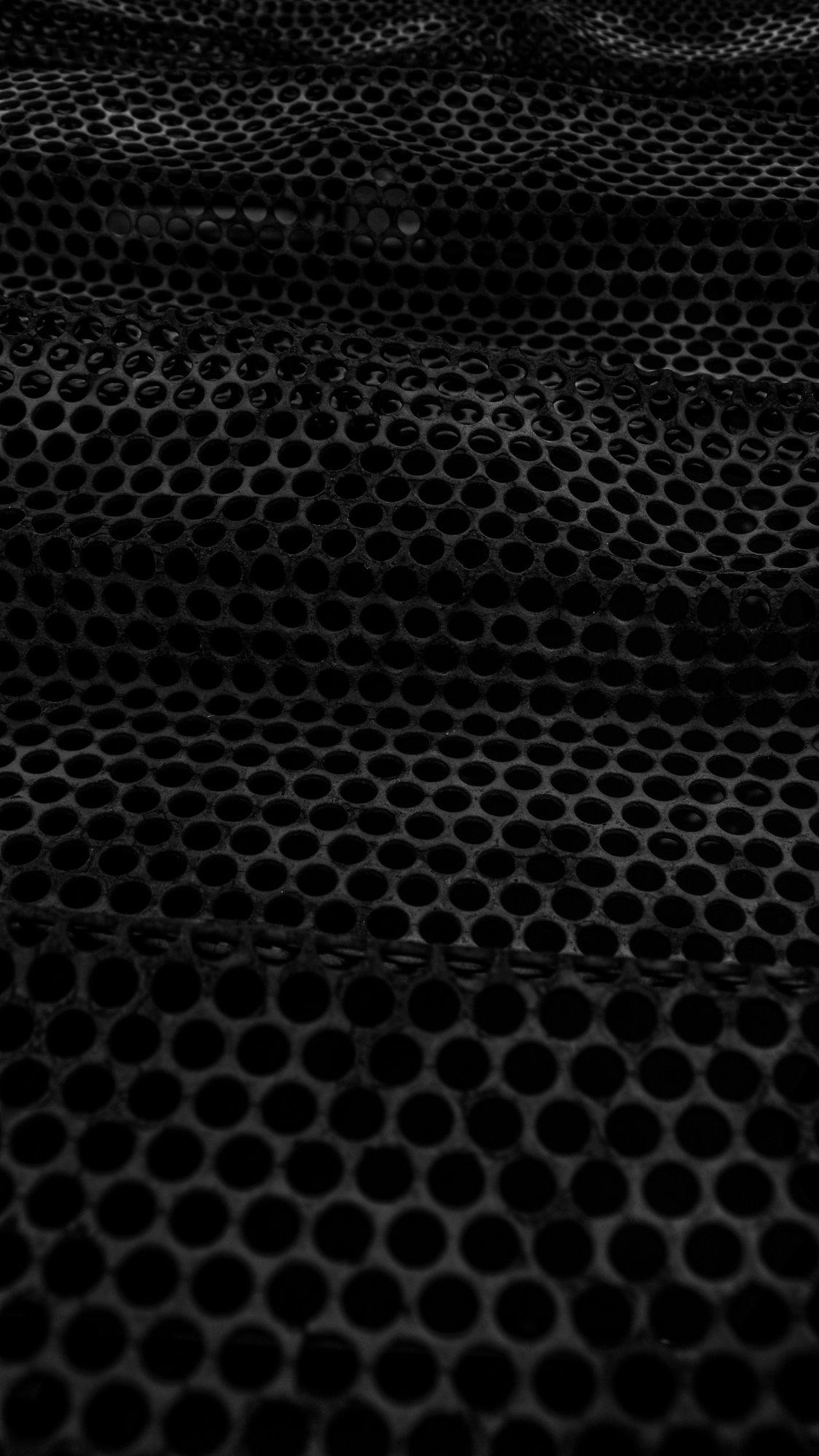


Technical Background
I was introduced to photography by the novelist Len Deighton who took part in an advertising campaign for the newly launched Olympus OM-1 back
in 1972. I was tempted by the diminutive Olympus, but in the end I started out on my great adventure with a second-hand Nikon F and a battered
but optically sound 50mm f1.4 Nikkor. It was the biggest investment I had ever made, and it took me a long time to pay off the loan. I don’t regret it
though and I have enjoyed every day of photography since, always preferring to be out shooting rather than hidden away in the darkroom. I still
have that camera today, sitting proudly on the shelf in my ‘lightroom’.
Next up was a pair of Nikon F2s which I switched to for my main work in the mid to late seventies. This was mainly sport, (semi-professionally) since
that was my main interest at the time. I learned how to follow focus a manual 400 f3.5 on a running footballer, which is not an easy task! These days
if you can manage to wave a camera in the general direction of the action, you’re on the front cover of Sports Illustrated. Back in the day I
considered myself lucky to get a couple of good frames from a roll of 36 exposures. My gear stayed the same for a number of years, because unlike
these days when everyone is chasing the latest spec, the old film cameras generally did the job just as well as any new ones that came along. If you
wanted better resolution you used slower film, assuming your glass was up to the task. When the F3 HP came along (what a beauty that high
eyepoint viewfinder was!) I traded in the F2s but stuck with the same lenses - 16mm, 20mm, 28mm, 50mm, 105mm and 180mm. By that time I no
longer needed the longer focal lengths as I gradually moved away from sport and began shooting stock.



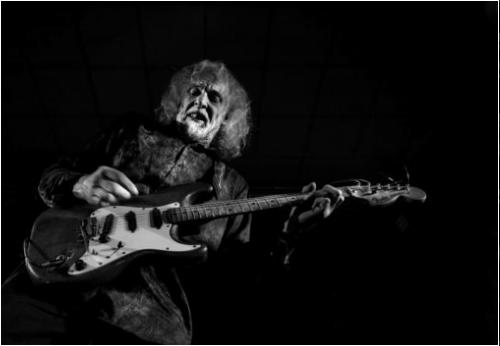
Hardware
I was a loyal Nikon user all the way up to the D3, but a serious back injury forced me to reconsider the weight I carried around so I dipped my toe in
the ‘Fuji waters’ with the diminutive X10. Weeks later I had to buy another one for my wife who kept borrowing mine. I took it on a Las Vegas holiday
soon afterwards and was delighted with the freedom it bestowed, so I embarked along the ‘more serious’ Fuji road with a pair of XE-1s, an 18mm
f2.0, a 60mm macro and the 35mm f1.4 which turned out to be my favourite lens. Later I traded the XEs for a pair of XT-1s and additional primes
which have served me well all over the world. On the whole life was good! I was so happy! And then Fuji announced their bombshell. I work mainly
with primes at full aperture, so when the Fuji XH-1 was announced with in body image stabilisation I just had to have it! Suddenly my life changed.
My prime lenses (all lacking OIS) were now stabilised, so I could use ridiculously long hand-held exposures like 90mm @ f2, 1/15th sec and end up
with a sharp image! I’m not always working towards a scene that’s frozen in time though, frequently attempting to convey a sense of dynamism by
shooting lowish shutter speeds (1/8th, 1/15th, 1/30th etc.,) knowing they’ll result in movement in the final image. This technique has a relatively high
failure rate, but as in sport there is almost always a point of inflection where the subject becomes temporarily ‘still’ enough to yield a sharp image.
For me this kind of movement is what gives a picture that ‘wow’ factor and it doesn’t need the latest technology to achieve it. I eventually moved to a
pair of Fuji XH-1s for theatre and dance and settled on the X-E4 for street work. Lenses used were the 16mm, 23mm, 35mm, (all f1.4), the 56mm
f1.2 and the 90mm f2 Fujinons which were (and still are) all superb, with 18mm f2 getting a run out if I needed to maintain a low profile.
Processing to get the required ‘look’
I shoot in colour, but my end target is a monochrome image with the look and feel of Kodak Tri-X. This is usually achieved by a simple monochrome
conversion followed by a half or full stop increase in exposure followed by a boost in contrast and presence and usually pushing the blacks down
too, to deepen the shadows. Maybe not everyone’s cup of tea, but it’s what I’m accustomed to! In the old days I used to shoot Tri-X which is why I
look for that same high-contrast push-processed feel in my contemporary monochrome work. For me, a monochrome image has a timeless feel to it.
When you put a collection of mono prints together on a gallery wall they seem bound together by a kind of grayscale sympathy that colour hangings
sometimes lack.
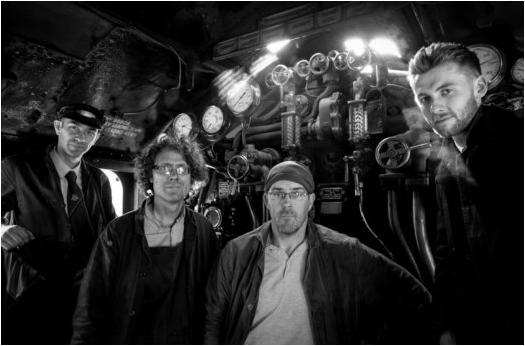
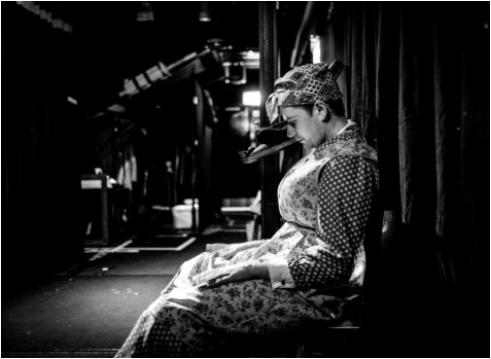
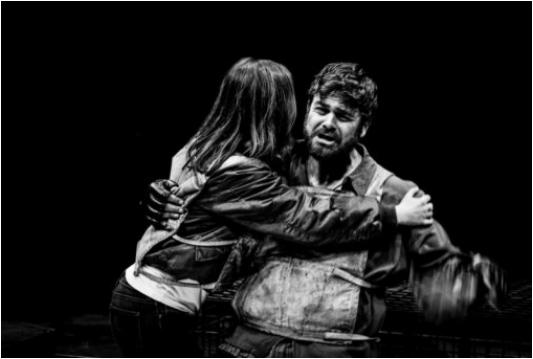
Changing gear
After a hiatus due to covid I once again re-evaluated my requirements. I had a brief dalliance with the Fujifilm GFX100 but found it rather ungainly
and difficult to work with, so I eventually chose a pair of Sony A7rV bodies which form the basis of my current kit. If I know which lenses I’ll be using
for a job then I can choose from 14mm f1.8, 24mm f1.4, 35mm f1.4, 50mm f1.2, 85mm f1.4 II and 135mm f1.8 which are all Sony GM primes. If I
need to be more flexible with focal length then I’ll take the 16-35 f2.8 GM II and the 50-150mm f2.0 GM. When I need to stay under the radar I’ll use
the Leica Q2 Monochrom.














